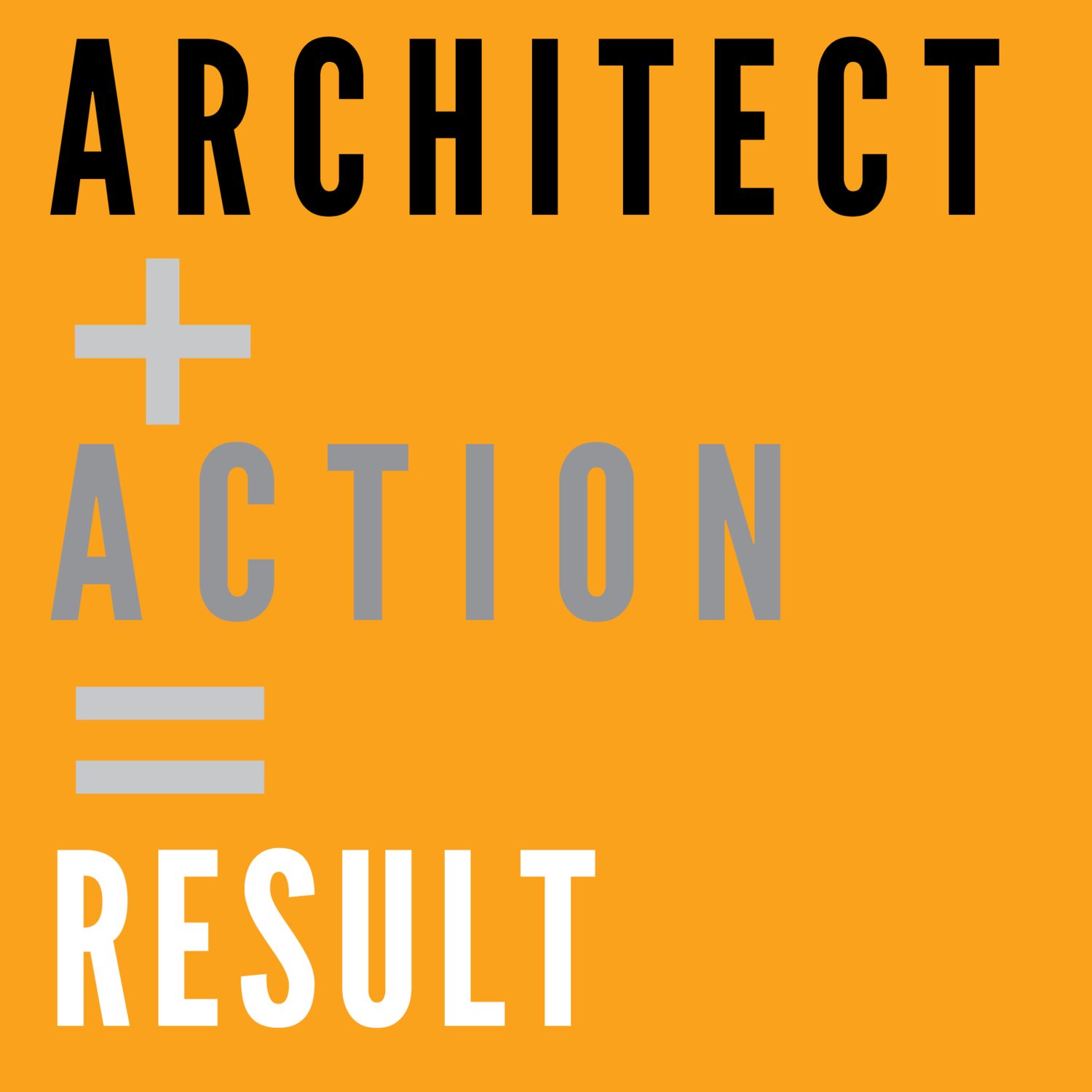The Modern Architecture Book
The writing in most architecture books is dense. Extremely dense. The International Building Code (IBC) that drives the construction of buildings presents an almost insurmountable level of density for readers trying to get the basic information needed to design for the health, safety and welfare of the public. Simplifying language is not an IBC priority, though one could argue that code compliance reviews would be much more amicable if the organization sought to de-complex-ify the requirements and details in its various volumes. The philosophical genre of modern architecture books—often produced by academics or architects writing for other architects—rely on a compounded lexicon of honed archi-speak that prevents the average reader from picking up a volume on architecture to learn more about what the profession and its product are all about.
Accessible Language
The profession of architecture—especially its students and emerging designers—owe a debt to the books of Francis Ching, which include Building Codes Illustrated: A Guide to Understanding the 2021 International Building Code and Building Construction Illustrated 6th Edition. Ching's books are among the best architecture books for understanding how buildings go together and the best architectural drawing book because they clearly illustrate the components that make up buildings using all types of construction. Ching’s work defines all that accessible language can be in architecture.
Many architects today long for better public awareness of the work they do and the value of design for people. According to Amazon, the best selling modern books on architecture are all about the home and home building. A quick survey of the top ten reveals none are written by AIA architects. Canadian architect Witold Rybczynski, author of numerous best-selling modern architecture books and architectural design books that brilliantly articulate the meaning and value of architecture, was made an Honorary Fellow of the AIA. How could the American Institute of Architects not acknowledge his reach in writing about architecture in a way that appeals to many. Rybczynski understands the power of accessible language.
Worst Enemy
The architectural profession is its own worst enemy in expanding public awareness of architecture and design. In Truth and Lies in Architecture (Oro Editions), author Ricard Francis-Jones describes the experience of architecture practice as a torrential tide of complexity that overwhelms its designers and thinkers and prevents them from reflecting on the nature and potential of what architects do.
In teaching classes to AIA architects on writing based on the composition, structure, word choice and punctuation basics included in Architect + Action = Result, most participants express that they are hearing insight they have not gained elsewhere—K-12 writing and grammar lessons appear long forgotten. A few participants push back, defending and rationalizing architecture’s language conventions they learned in professional education, where emerging architects learn to communicate with established architects during the critical analysis of their design work. Not exactly a forum for learning how to communicate with a non-architect audience. Thus, the problem of AIA architects expanding public awareness on architecture and writing accessible modern architecture books persists.
Designing Words
Readers of Architect + Action = Result have asked for another volume that extracts and expands on the writing and language lessons presented in its pages. A new book, Designing Words, is in the works informed by teaching and working one-on-one with AIA architects on writing and will be available at the Architect + Action = Result by late summer.
